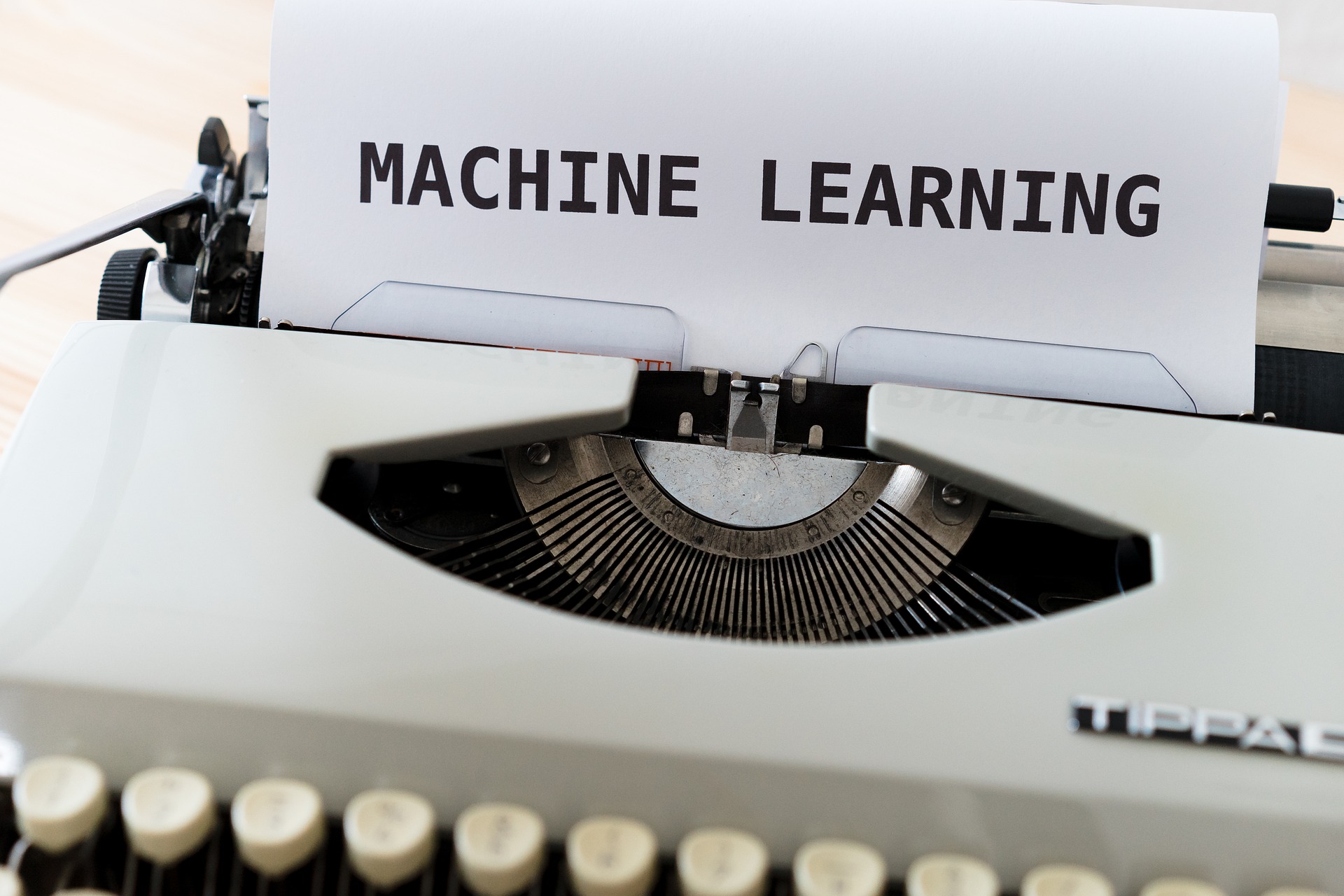Manchine Learning
Machine learning is a branch of artificial intelligence (AI) and computer science which focuses on the use of data and algorithms to imitate the way that humans learn, gradually improving its accuracy.
SuperLabs has a rich history with machine learning. One of its own, Arthur Samuel, is credited for coining the term, “machine learning” with his research (PDF, 481 KB) (link resides outside IBM) around the game of checkers. Robert Nealey, the self-proclaimed checkers master, played the game on an IBM 7094 computer in 1962, and he lost to the computer. Compared to what can be done today, this feat almost seems trivial, but it’s considered a major milestone within the field of artificial intelligence. Over the next couple of decades, the technological developments around storage and processing power will enable some innovative products that we know and love today, such as Netflix’s recommendation engine or self-driving cars.
Machine learning is an important component of the growing field of data science. Through the use of statistical methods, algorithms are trained to make classifications or predictions, uncovering key insights within data mining projects. These insights subsequently drive decision making within applications and businesses, ideally impacting key growth metrics. As big data continues to expand and grow, the market demand for data scientists will increase, requiring them to assist in the identification of the most relevant business questions and subsequently the data to answer them.







